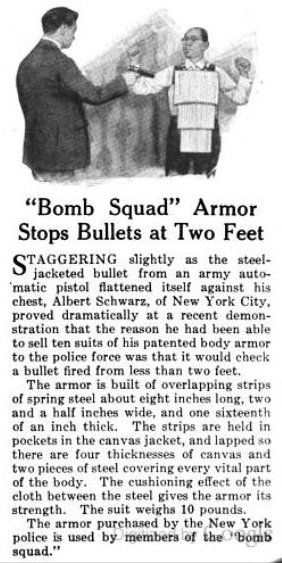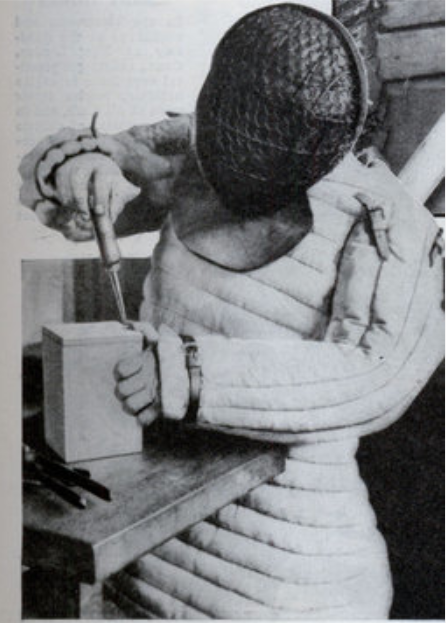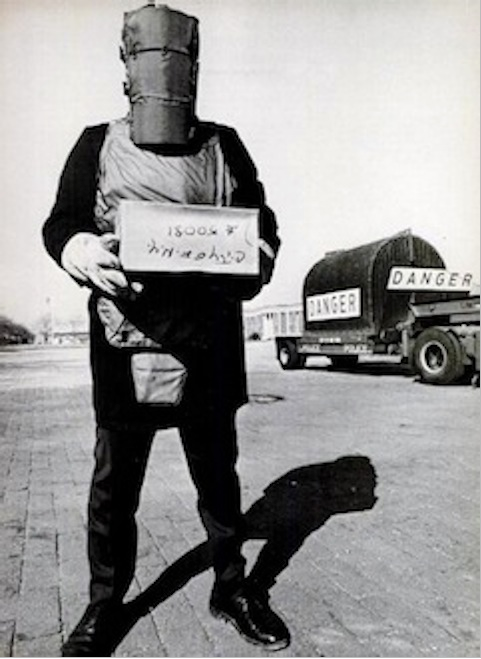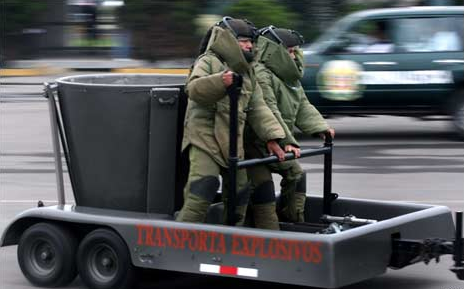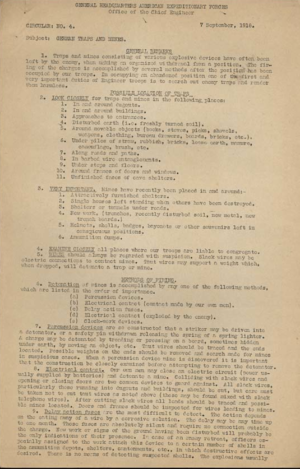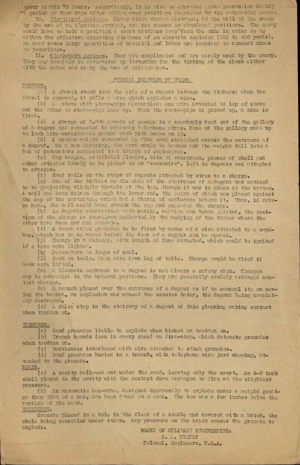I’ve blogged before about the view that the EOD community should have and embrace a “near miss” reporting process for incidents that don’t result in death or injury but might have. In conversation with other figures in the EOD world, I sense that the view that such a process should be looked at and encouraged, at last, is growing in momentum.
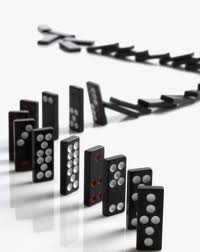
Other industries such as aviation and the nuclear industry have such processes and a culture that supports it. The EOD community (normally) only has such a process when injury or death occurs. My personal view is that that is wrong and means that organizational we don’t benefit from others mistakes. I think it means people die unnecessarily and I think it reflects poorly on our thinking and on the leadership within the community, and is morally untenable.
I know there are contrary views, and I respect them, if not understand them. I know that the biggest hurdle is cultural and the issues of a career foul if an EOD technician self reports a failure is significant. That’s a key issue that needs addressing. I know that a near miss system also requires a vigorous and effective command and control system to implement and manage this, and leaders, managers, investigator and professionals with deep levels of skill (and pure leadership and moral courage) to implement. I know a “near miss” reporting and investigation system isn’t going to be easy, and will have tricky engagement elements whichever branch of the EOD world it applies to.
Perhaps there are preliminary steps. Perhaps a training course in accident and near accident investigation for EOD unit commanders is a first step. Ken Falke has developed an excellent concept in the IMPACT program and that perhaps sets a template that might be used for ear misses too.
Everyone has an opinion on this and many of the community are resistant to such radical concepts – and I do admit that the concept will require radical change.
I don’t think that such a system can be introduced over night, as a diktat. I think it needs a lot of thought and that a whole lot of work needs doing first. My understanding is that some of the professional institutes are interested in funding some academic work, maybe a PhD, to analyse this more carefully, hopefully resulting in recommendations that would inform future systems, and that would be great. I think there’s a lot of work than can be done to extend and build on the work being done to improve the current investigative and lessons learned processes that apply to injuries and deaths into those that are “near misses”.
A “near miss” is simply an accident that occurred but by perhaps chance caused no injury. Who can honestly claim that they don’t want to know the causes of that accident, whether it caused an injury or not? Let me address one point here. It is very rare, I think, that accidents and near misses of any kind are caused by single point failure. There’s a sort of “domino” theory of accidents, with a whole chain of faults or failures, often, before the final step. As EOD professionals I think it a greater awareness of the context of a near miss, of the other dominos in the chain which resulted in either a fatality or an accident OR a near miss are vitally important. Those other dominos might involve:
– Poor quality of training (content , design or delivery)
– Ineffective tool capability (hence identifying equipment requirements)
– Procedural inadequacies
– Unknown technical challenges presented by ordnance or IEDs
– Poor operator choices, mental or physical condition
– Poor operational command issues
– Poor communications
– Poor intelligence
– Contributing causes from a whole host of other areas.
So almost all the time , risks to EOD technicians and operators are complex and are not simply a direct relationship to operator capability. Identification and characterization of all the other contributing causes for accidents and near accidents I think can valuably lead to improved professionalism and save lives.
This is an important an emotive issue, and I’m very open to publishing alternate views from others in the community, as is, with no edit from me. Fire away.
